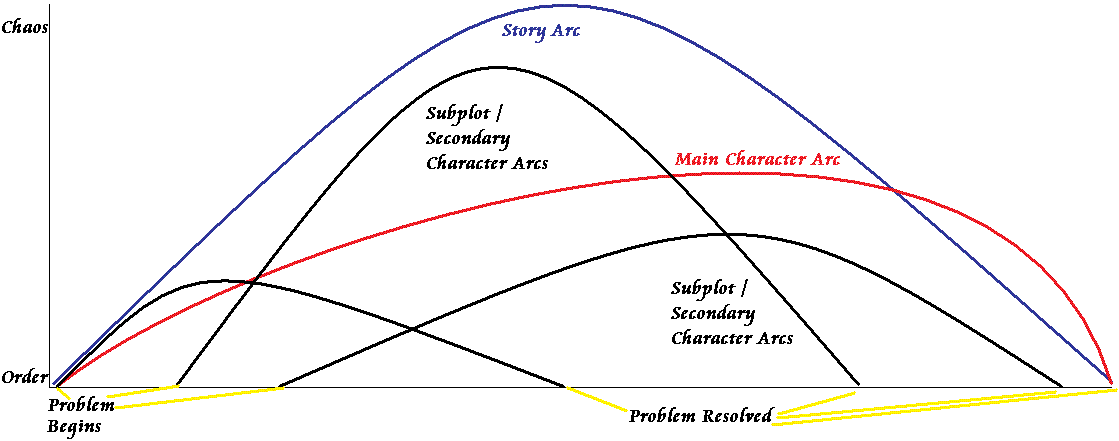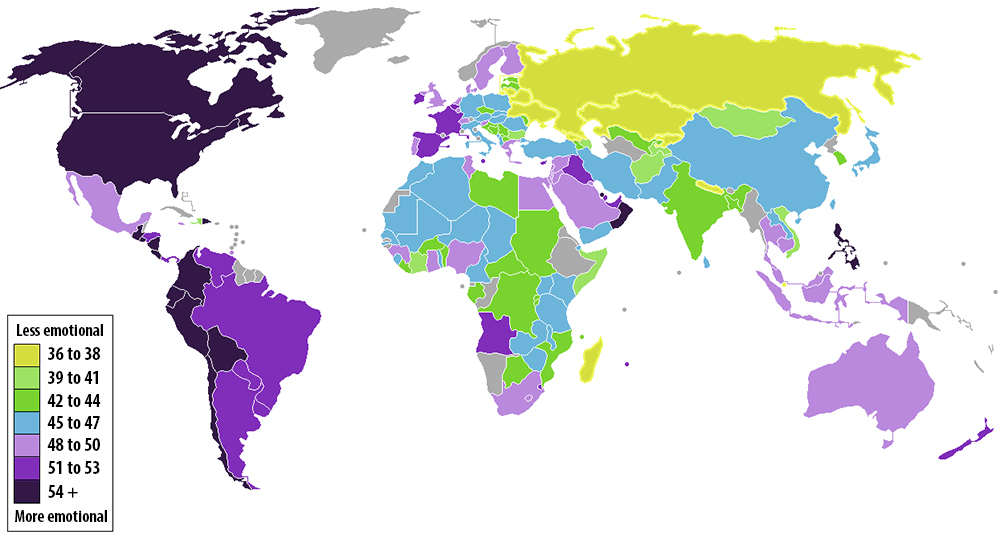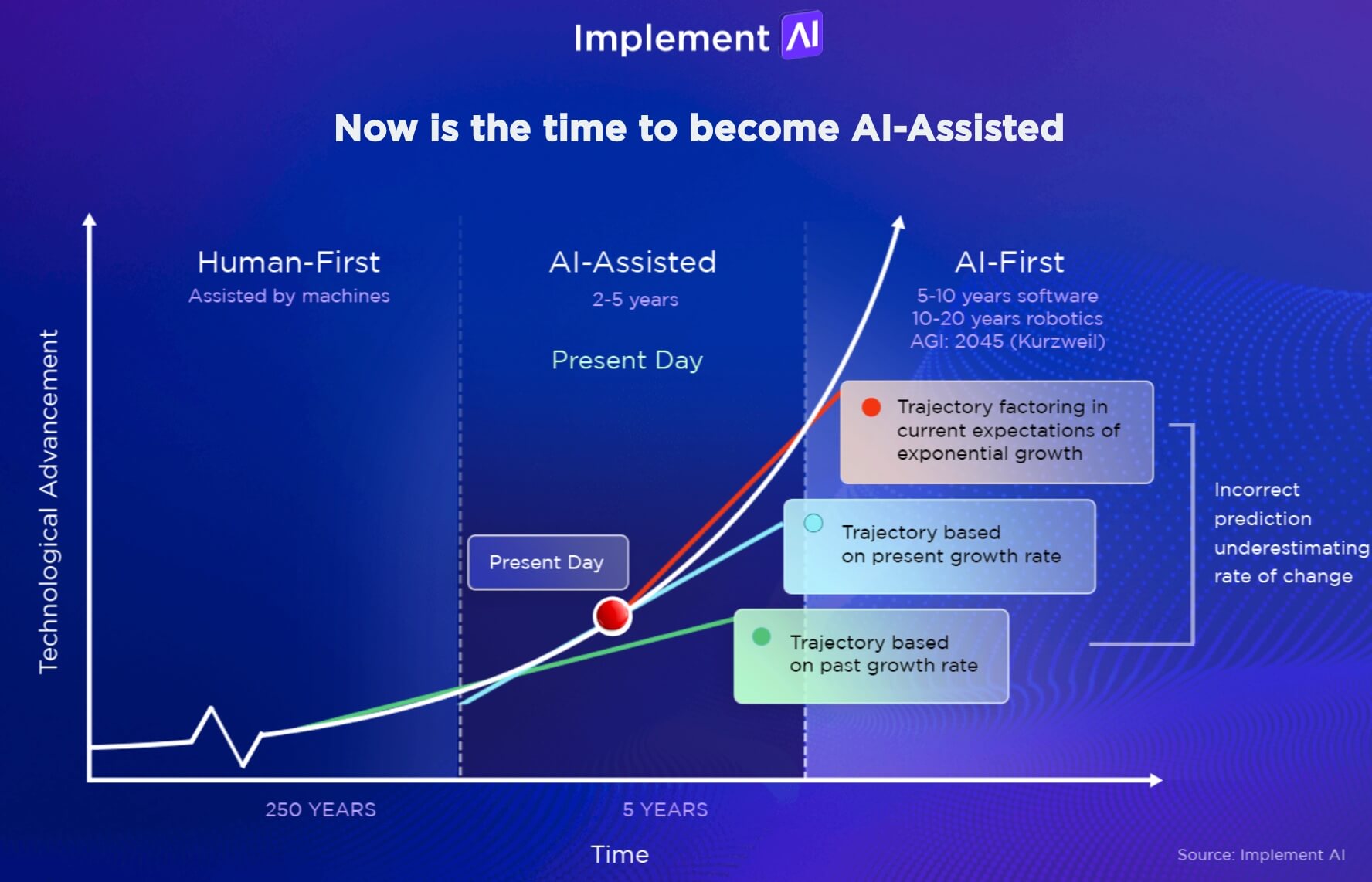As a content creator or marketer, connecting with your audience on an emotional level can significantly enhance engagement. Understanding neuroscience offers valuable insights into how emotions influence decision-making, motivation, and overall consumer behavior. By integrating principles of neuroscience with artificial intelligence (AI), you can develop content that resonates deeply with your audience. This guide explores the intersection of neuroscience and AI, providing practical insights to improve your content creation strategies, optimize emotional engagement, and foster meaningful connections with your audience.
Can Neuroscience Shape the Future of Content Creation?
Incorporating neuroscience into your content strategy is essential for crafting messages that emotionally resonate with your audience. Neuroscience investigates how our brains process emotions, and this knowledge can help you tailor your messaging to evoke specific feelings. This understanding is particularly pivotal in content marketing, where the aim is to connect with consumers beyond mere information.
Recent advancements in affective computing illustrate how AI systems can interpret human emotions. By analyzing facial expressions, vocal intonations, and text sentiment, these systems can adjust responses according to the emotional cues they detect. For instance, businesses that leverage these insights often create campaigns that resonate on a personal level with their target demographic, leading to increased engagement and brand loyalty.
Emotional intelligence plays a significant role in storytelling techniques. When you understand the emotional journey of your audience, you can craft narratives that resonate, inspire, and motivate. This emotional engagement promotes lasting connections and encourages consumers to take action—whether that’s making a purchase, sharing your content, or advocating for your brand within their social circles.
Incorporating neuroscience into your content strategies is not merely a passing trend; it's an evolving approach that can set your work apart in a crowded marketplace. By learning how your audience's brains react to various stimuli, you can create content that informs while also captivating and inspiring.
An infographic detailing how neuroscience impacts consumer behavior and marketing strategies (Source: Business Wire)
Unlocking Emotional Engagement Through AI Insights
Artificial intelligence is transforming how we analyze and understand the emotional impact of our content. Various AI tools can scrutinize vast amounts of data to decode emotional responses from your audience. By employing sentiment analysis, you can gain critical insights into how consumers perceive your messages and refine your content strategies accordingly.
Different AI tools are available for emotional analysis. For instance, platforms that use convolutional neural networks (CNNs) can analyze facial expressions and human emotions in video and image content. Additionally, large language models (LLMs), like ChatGPT, can assess sentiment in textual content, providing valuable feedback on how your words might be interpreted emotionally.
Real-world applications demonstrate the effectiveness of these tools. Brands that have utilized AI-driven emotional analysis often report significant improvements in engagement metrics. By analyzing consumer feedback through AI, you can better align your content with the emotional needs and responses of your audience, creating more impactful interactions.
Staying ahead of this curve is crucial. Understanding the emotional landscape of your audience can lead to more relatable and resonant content, bridging the gap between their emotional states and the narratives you wish to convey.

A screenshot of an AI tool interface demonstrating how sentiment analysis is applied to understand emotional feedback (Source: Sprout Social)
Neuroscience Techniques: Crafting Messages That Resonate
To effectively craft emotionally impactful messages, it’s essential to leverage techniques grounded in neuroscience. The art of storytelling reveals its power when you consider its ability to evoke deep emotional responses that raw data cannot achieve. Stories help you connect on a personal level, making your content not only relatable but also memorable.
Engaging different emotional responses is a key technique that can be beneficial. Research suggests that narratives eliciting a mix of emotions—such as joy, surprise, and even sadness—tend to enhance engagement and retention. For example, adding humor alongside elements of surprise can create a more dynamic and engaging story. Additionally, employing persuasive language and visual aids can significantly enhance the emotional impact of your content.
Understanding neuroplasticity—the brain's ability to adapt and reorganize—also emphasizes the importance of iterating your messaging based on audience feedback. Content that evolves in response to audience reactions fosters greater engagement over time.
By applying these neuroscience-derived techniques, you can create content that resonates more deeply, captures attention, and nurtures emotional connections with your audience.

A visual representation of a story arc, illustrating the emotional engagement techniques used in storytelling (Source: Fiveable)
Tools and Strategies for Measuring Emotional Resonance
Measuring the emotional resonance of your content is essential for refining engagement strategies. Several tools and techniques can effectively assess how emotionally charged your content is and identify areas for improvement.
One leading category of tools involves emotion recognition software that can evaluate not only text but also images and videos. These tools analyze various metrics, including facial expressions and vocal tones, to gauge emotional responses from the audience. For marketers, using such platforms can provide precise data about audience reactions and overall sentiment toward specific campaigns.
Effective strategies for implementing emotional analytics include examining sentiment data regularly to adapt and refine your content. This ongoing approach allows you to make real-time adjustments based on feedback from your audience, promoting a more engaged and satisfied consumer base.
Illustrating the efficacy of these tools, case studies in various industries reveal tangible improvements in user engagement metrics after integrating AI-driven emotional analysis into content creation strategies. This level of insight empowers you to tailor your content and measure its emotional impact effectively.

A chart comparing various sentiment analysis tools, their features, and effectiveness (Source: Website Files)
Ethics in Emotional AI: Balancing Engagement and Responsibility
As the use of AI for emotional engagement becomes more prevalent, it's crucial to consider the ethical implications of these technologies. You must navigate these ethical considerations carefully, ensuring your emotional AI strategies are responsible and considerate of user privacy.
A comprehensive overview of ethical guidelines for using emotional AI emphasizes the importance of transparency and accountability. Obtain explicit consent from users before collecting any emotional data. Additionally, ethical considerations should encompass safeguarding user privacy and avoiding the use of emotion AI for manipulative or harmful purposes.
Recent regulations, such as the EU AI Act, mark significant strides in establishing frameworks for ethical AI usage. This legislation ensures organizations applying emotional AI adhere to high standards of compliance and accountability. Familiarizing yourself with these evolving rules is necessary to ensure your emotional engagement strategies remain ethically sound.
Engaging with your audience responsibly through emotional AI can foster trust and loyalty that supports long-term relationships. This consideration is essential for contemporary marketers.

A diagram outlining a proposed framework for ethical guidelines in AI, focusing specifically on emotional AI implementations (Source: ResearchGate)
Cultural Considerations in Emotional Content Creation
Cultural differences significantly influence emotional expression and interpretation, which can greatly affect your content marketing strategies on a global scale. Understanding these variations is essential for creating content that resonates across diverse demographics.
Research shows that emotional expressions are not universal; they vary considerably from one culture to another. Understanding how different cultures express emotions—such as happiness or sadness—can enhance your ability to tailor content appropriately. For example, while humor may be effective in one culture, it might not translate well in another, emphasizing the importance of cultural sensitivity in your messaging.
AI tools that facilitate cross-cultural engagement are increasingly adapting to accommodate these differences. For marketers aiming to reach a broader audience, employing culturally aware AI systems can offer invaluable insights into how emotional reactions to content differ across cultures.
By integrating cultural awareness into your emotional engagement strategies, you can ensure that your messages resonate and create meaningful connections with diverse audience segments.

A world map depicting variations in emotional expression across cultures, underscoring the importance of cultural sensitivity in emotional AI (Source: Flowing Data)
Harnessing Emotional AI: Real-World Success Stories
Applying emotional AI in practical scenarios yields compelling evidence of its potential across various industries, including healthcare, marketing, and user experience design.
In healthcare, organizations like Healthscope have used emotional AI to analyze patient feedback. This innovation led to a 65% increase in patient trust and a 13.9% improvement in the Net Promoter Score (NPS). These results highlight how effectively emotional AI can enhance patient relationships and improve care delivery.
In marketing, companies employing emotional AI to understand consumer sentiment report improved campaign effectiveness. For instance, the São Paulo subway system utilized emotion analytics to optimize interactive advertisements, enabling real-time updates based on passenger emotions.
These case studies provide clear evidence of the transformative impact emotional AI can have when implemented thoughtfully. By presenting actionable insights and measurable outcomes, these examples can guide you in incorporating emotional AI into your own content marketing efforts.

Visualization of a case study demonstrating the emotional impact of implementing AI in marketing strategies, showcasing results before and after (Source: Neuroscience News)
Future Trends: The Intersection of AI, Neuroscience, and Content Engagement
As we look to the future, the convergence of AI and neuroscience is set to redefine the content engagement landscape. Emerging technologies are paving the way for more nuanced emotional interactions, ultimately enhancing the overall user experience.
Predictions indicate that advancements in AI emotional intelligence will further improve how businesses connect with consumers—turning digital interactions into more empathetic experiences. As a marketer, staying agile and responsive to evolving user expectations is critical to successful engagement strategies.
Embracing ethical AI practices while keeping pace with these trends is essential for sustainable growth. Balancing innovation with responsible applications ensures you not only engage your audience emotionally but also build a foundation of trust that lasts.
As you explore the integration of neuroscience into your marketing strategies, remember that meaningful connections come from a genuine understanding of your audience. Embrace the potential that these advancements offer and let them guide you toward creating impactful content that resonates.

A visual representation of predicted trends in AI and marketing, highlighting the evolving landscape of emotional engagement (Source: Smart Insights)
Conclusion
As the digital landscape evolves, so do the strategies for effectively engaging your audience. By harnessing the combination of neuroscience and AI, you can create emotionally resonant content that aligns with your audience's needs and experiences. Understanding emotional triggers that drive consumer behavior and adapting your messaging accordingly fosters deeper connections that convert passive viewers into loyal advocates.
Ensuring that your strategies are informed by ethical and cultural considerations, along with cutting-edge technologies, lays a strong foundation for a thriving marketing approach. Emotional engagement is not simply a tactic; it’s a philosophy that can guide you in creating content that inspires, motivates, and transforms.
As you venture into this exciting frontier of emotional AI and neuroscience, keep in mind that meaningful connections are built on a genuine understanding of your audience. Embrace the potential for impactful content that resonates for years to come.

评论(0)
登录 参与讨论或 .